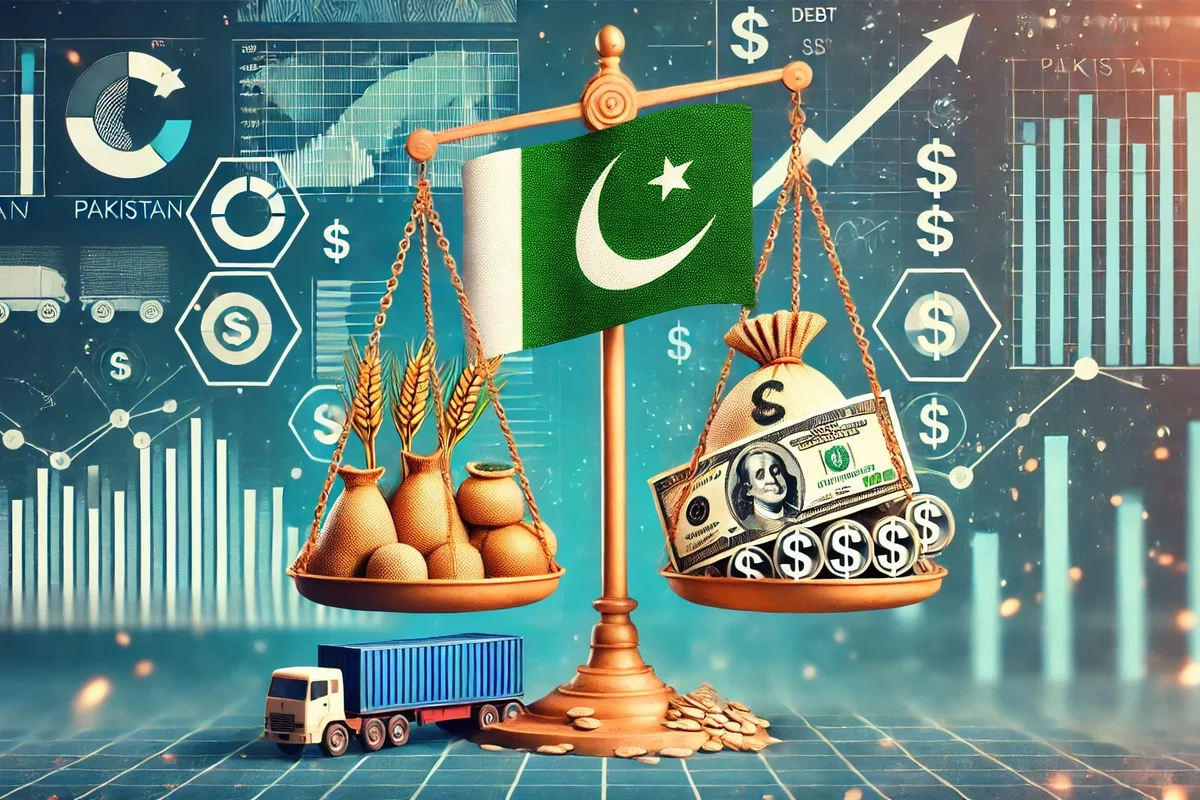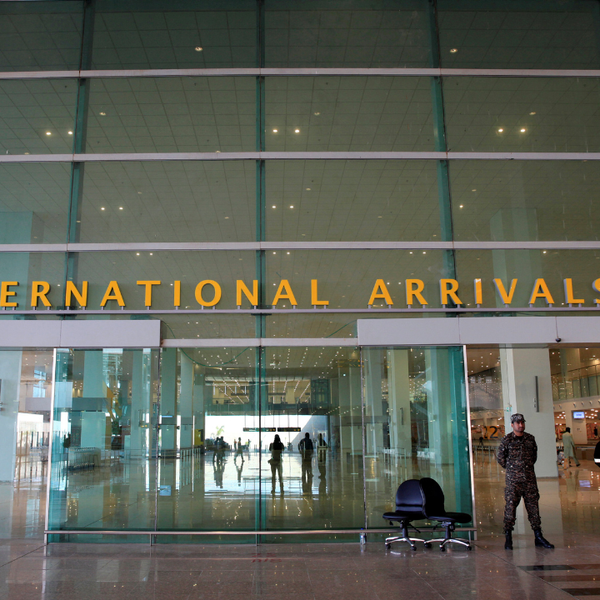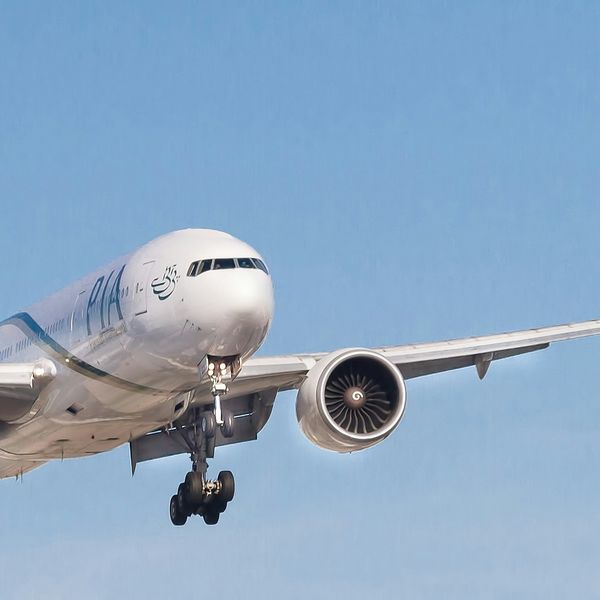What Pakistan's import and agri data reveals about its vicious debt loop
Pakistan has been in the top 10 producers of various food and agricultural products but has now turned reliant on imports

Haris Zamir
Business Editor
Experience of almost 33 years where started the journey of financial journalism from Business Recorder in 1992. From 2006 onwards attached with Television Media worked at Sun Tv, Dawn Tv, Geo Tv and Dunya Tv. During the period also worked as a stringer for Bloomberg for seven years and Dow Jones for five years. Also wrote articles for several highly acclaimed periodicals like the Newsline, Pakistan Gulf Economist and Money Matters (The News publications)

Pakistan has been in the top 10 producers of various food and agricultural products but has now turned reliant on imports
Ai
High expenses, fiscal indiscipline, lower-tax-to-GDP ratio and governments' inability to address key issues in the agriculture sector bring Pakistan back to the International Monetary Fund's corridors every three years.
Multiple governments have made countless pledges to rescue the economy from collapse, but there have been no magic wands to pull the country out from a bulging economic debt trap.
Take a cursory look at some of Pakistan's key economic indicators and imports at random from just the last two years and the problem will become clear. Despite claiming to be an agrarian country, data compiled by the Pakistan Bureau of Statistics shows the country spent a mammoth amount of $13.942 billion or PKR 3,950 billion, bringing shipments of milk, tea, pulses, wheat, cotton, palm oil and spices.
To put this into context, Pakistan came close to the risk of default last year amid delays in reaching a bailout deal with the IMF for just $3bn.
Top producer turned import-reliant
Pakistan has been in the top 10 producers of various food and agricultural products but its officials have been entangled with infighting and banking upon non-development projects leading to billions of rupees of leakages.
Pakistan has been the third-largest producer of milk, fifth-largest producer of cotton, eighth-largest producer of wheat and 10th-largest producer of rice. However, data from just the last two years shows that imports of agri-related products have been one of the biggest strains on the country's foreign exchange reserves and a great nuisance for its financial managers, who had to struggle to arrange greenbacks to make payments to international suppliers.
The import bills of palm oil in fiscal year 2023-24 amounted to $2.77bn compared to $3.64bn in the corresponding year. Similarly, wheat imports stood around $1.03bn, pulses $775 million, tea around $656m, raw cotton $448m and skimmed milk at $200m. This is in comparison to $1.072bn for wheat, $946m for pulses, $569m for tea, $1.68bn for raw cotton and $151m for skimmed milk spent in FY23.
The combined import bills of these two years have been around $13.942 billion with statements that the government is on a war-footing basis to revamp agriculture or to boost the yields of major crop like wheat, cotton and pulses.
Cotton production — a sorry tale
One of the most stark effects of downhill production of commodities can be seen on cotton.
Cotton production and import data from the last 10 years shows that the country saw the lowest production of 4.9m bales in fiscal year 2022-23 and highest imports in a decade recorded in FY22 amounting to $1.8bn.
In 10 years, Pakistan has imported cotton worth $10.6bn, an average $1bn per annum. The harvest of 4.9m bales in FY23 is the lowest in the last four decades of the country's history.
Pakistan is likely one of the few countries where cotton production has been so low that it no longer even matches or comes close to the optimum level of 14.96 million recorded in FY05.
There is a stark difference in yields incurred from harvested area — from one hectare in Pakistan, cotton output stands at 642 kgs while in China, Australia and Turkey it has been around 2,027kgs, 1,943kgs and 1,793kgs.
Over the last decade, cotton production crossed over 10 million bales in only four financial years. If Pakistan spends even half of the $1bn it pays for annual cotton imports on research and development and higher quality seeds and pesticides, it can save not only that amount but also export the commodity.
A possible solution
In addition to implementing reforms for loan packages from the IMF which would mainly rescue the country from default or stem the domestic currency's fall, economic managers should work on increasing production so that at least the quantum of imports of these commodities gets curtailed.
A 20% reduction in the import of major commodities for two years would help slash the import bill by $2.8bn. This is equivalent to around 40% of the latest IMF loan, which has to be approved by implementing strict policies that directly hurt the common man such as skyrocketing electricity, gas and petroleum product prices.
The IMF loan was also linked to conditions, including fulfilling financial gap, which means more borrowing from commercial banks or bilateral countries which carries high percentage interest rate of 4-6% instead of below one percent.
If Pakistan started focusing on increasing agri-production, it might not have to go back to the IMF over and over again.







Comments
See what people are discussing